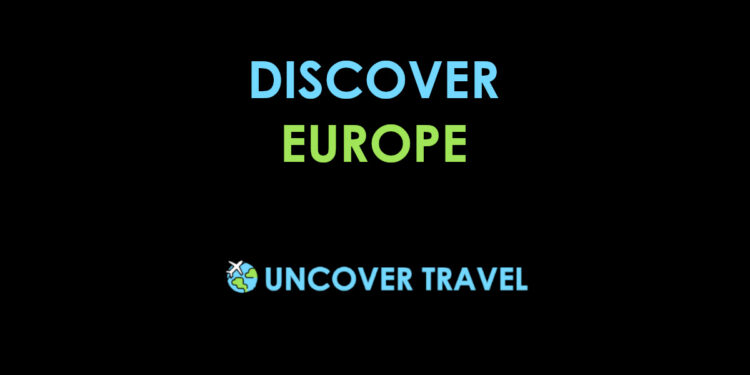La Gomera is an island within the Canary Islands archipelago. It covers an area of 269 square kilometres and is known for its historical link to the discovery of the New World, as Christopher Columbus stopped here before crossing the Atlantic. This gave the island it’s nickname of ‘Isla Columbina’, ‘The Columbian Isle’.
The island is also known for its natural and scenic beauty. In 1912 it was declared a Biosphere Reserve and one third of the island is considered a protected area. The Garajonay National Park, which was declared a world heritage site in 1986, is home to one of the world’s best preserved laurel forests, El Cedro.
The island is a hiker’s paradise, with its narrow and deep ravines and rugged mountains. It is criss-crossed by a network of trails, known as ‘caminos reales’, which were used by the inhabitants of the island until the middle of the last century to pass through difficult areas with horses and donkeys. Nowadays these paths are used by hikers and lead past impressive rock formations, spectacular ravines and mystical forests.
The island was known to Phoenicians and appeared in writings by Pliny and Ptolemy, which referred to it as ‘Junonia Minor’. However, there are many different theories about the origin of the first inhabitants of La Gomera. From 5000 B.C. the first settlers landed on the island and it is still unclear as to whether they came from north African Berber tribes or if they were part of a megalithic culture. When the Spanish arrived in the 15th century, the island was divided into four tribal regions. The religion of the island’s original settlers, which was based on cosmic and earthly elements, and a strong belief in good and evil, formed the pillars of their culture.
In the 12th century, seafarers and merchants looking for new markets began to invade the islands to enslave the islanders and take hold of their natural resources. In 1404 the Norman aristocrat, Jean de Bethencourt, tried to invade the island, acting under the guise of a Christian missionary. He failed due to bitter resistance of the natives. However, later two of the four tribes were subdued and by 1447 La Gomera was being cruelly ruled by Spanish Hernan de Peraza and Beatriz de Bobadilla. After the conquest many natives were sold as slaves or were moved within the archipelago to prevent uprisings.
There are many theories surrounding the origin of the island’s name and this is due to the unclear origin of the island’s first settlers. The most reliable theory is that the first inhabitants were the Ghomara, a people of Berber origin from northern Morocco.
Gomera is said to be the island in the archipelago that best preserves the traditions of its prehistoric people. There traditions include the pole vault, which was used to cross over gorges, the mazapé clay craftwork and the tajaraste (drum dance). Probably the most well-known of the Gomeran traditions is the ‘La Gomera Whistle’. The whistling language has survived since pre-Hispanic times and was used to communicate over long distances. It was developed to overcome the difficulties imposed by the rugged terrain but was also used as a secret language during the times of the conquest of the islands. Following the Spanish conquest, the natives began to speak Spanish and over time the whistle virtually disappeared, apart from in a few small areas. It was declared Intangible Cultural Heritage by UNESCO in 2009 and is now taught in schools across the island, having been included in the official curriculum.
The capital of the island is San Sebastián de la Gomera, a port town where ferries from the rest of the archipelago arrive. Within the town is the Customs House, which has a well (Pozo de la Aguda) from which is it said that Christopher Columbus took the water he used to baptise the lands he found across the ocean in 1492. San Sebastián is also the location of the oldest building on the island, the medieval El Conde Tower, which was built between 1447 and 1450.
BEST PLACE TO STAY: San Sebastián de la Gomera has restaurants, shops and a selection of hotels. We recommend the Parador de la Gomera, a beautiful hotel built in the island’s architectural style. It is located at the top of the cliffs overlooking the town and the marina and can be accessed by car or by foot (by climbing quite a few stairs and a steep hill).
SOURCES:
- https://www.gomeralive.com/history/
- https://www.guidaisolecanarie.it/en/la-gomera/history
- https://www.lagomera.travel/canary-islands/la-gomera/en/about/history-of-the-island-of-la-gomera/
- https://www.lagomera.travel/canary-islands/la-gomera/en/explore/hiking-of-la-gomera/
- https://212.48.85.19/~worldwalks/walks/la-gomera/
- B. Domínguez, Travel Guide La Gomera, Ediciones A.M.
- La Gomera, Belén Domínguez




